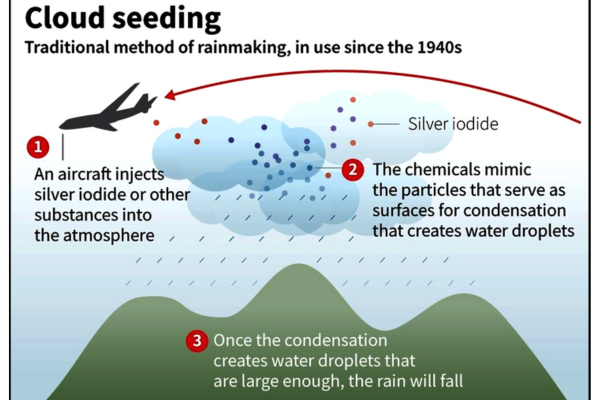In recent years, remote work has transformed from a niche trend to a mainstream phenomenon. With advancements in technology and shifting attitudes towards work-life balance, more companies and employees are embracing the benefits of remote work. In this blog, we will explore the rise of remote work, its advantages and challenges, and the future implications of this flexible work model.
The Remote Work Revolution:
We’ll delve into the reasons behind the surge in remote work adoption, including advancements in technology, the desire for work-life balance, cost savings for both companies and employees, and increased access to a global talent pool. Additionally, we’ll examine how the COVID-19 pandemic accelerated the remote work movement and its impact on businesses and individuals.
Benefits for Companies:
Remote work offers several advantages for companies, such as access to a larger talent pool, reduced overhead costs, and increased employee productivity. We’ll discuss how remote work can foster a more diverse and inclusive workforce, promote employee satisfaction and retention, and drive innovation within organizations.
Advantages for Employees:
Remote work provides employees with greater flexibility, reduced commuting time, and the ability to create a personalized work environment. We’ll explore the benefits of improved work-life balance, increased autonomy, and the potential for better mental health and well-being. Additionally, we’ll discuss how remote work can enable individuals to pursue their passions and maintain a healthier work-life integration.
Overcoming Challenges:
While remote work offers numerous benefits, it also presents challenges that need to be addressed. We’ll examine issues such as potential feelings of isolation, maintaining work-life boundaries, and the importance of effective communication and collaboration. Additionally, we’ll provide strategies and tools to help overcome these challenges and ensure a successful remote work experience.
The Future of Work:
We’ll explore the long-term implications of remote work on the workforce and the economy. This includes the potential for a hybrid work model that combines remote and in-person work, the need for upskilling and reskilling to adapt to changing job requirements, and the impact on urban centers as remote work reduces the necessity for concentrated office spaces.
Embracing Remote Work Best Practices:
To thrive in a remote work environment, individuals and companies must adopt best practices. We’ll discuss strategies for effective time management, creating productive workspaces, maintaining work-life balance, fostering communication and collaboration, and prioritizing well-being.
Tools and Technologies:
We’ll highlight the tools and technologies that facilitate remote work, such as project management platforms, video conferencing tools, collaborative document sharing, and communication applications. Understanding and utilizing these tools can enhance productivity and streamline remote work processes.
Conclusion:
Remote work is not just a temporary trend but a fundamental shift in how we approach work. By embracing the advantages of remote work, both companies and employees can enjoy increased flexibility, improved work-life balance, and enhanced productivity. As the workforce continues to evolve, it’s crucial to adapt to this changing landscape, harness the power of technology, and create a future where remote work is seamlessly integrated into our professional lives.







